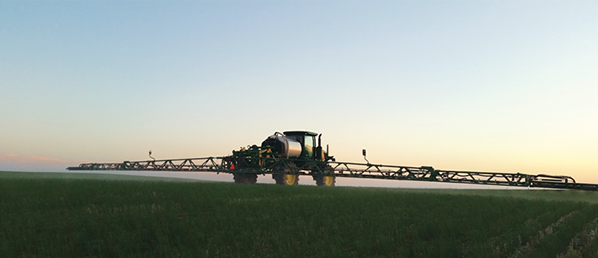No-Till Farmer
Get full access NOW to the most comprehensive, powerful and easy-to-use online resource for no-tillage practices. Just one good idea will pay for your subscription hundreds of times over.


While no-tillers typically enjoy a reduction in fuel, machinery costs and labor when compared to their conventional-tillage neighbors, fertilizing their soils and crops isn’t getting any cheaper.
In No-Till Farmer’s 10th annual No-Till Operational Benchmark Study, readers said they planned to spend more than $64,000 this year, on average, for fertilizer and lime applications — their second-highest line item after land rent. (See, "Fertilizer Expenses Creep Upward".)
Adopting precision technology and seeding cover crops are two ways to possibly ratchet down these costs and improve nutrient-use efficiency.
But biofertilizers, such as compost, biosolids, biochar and other all-natural products, have emerged as a dual-purpose tool for fixing soils and increasing yields. In this story, no-tillers share how they’re using these inputs to enhance soil fertility and crop production, even making these materials on their own farm to reduce costs.
One of the most popular sources of natural fertilizer utilized by growers is biosolids (“sludge”), which is typically human waste from water treatment plants or other sources that is treated to remove any harmful substances.
The use of biosolids is regulated by the EPA. The Water Environment Federation estimates as much as 7.2 million tons of dry biosolids are generated by the U.S. each day, with 55% being applied to soils for agronomic or land restoration purposes. The remaining 45% is disposed of in municipal solid waste landfills, surface disposal units or incineration facilities.

TINY HELPERS. This photo taken under a microscope shows increased presence of…